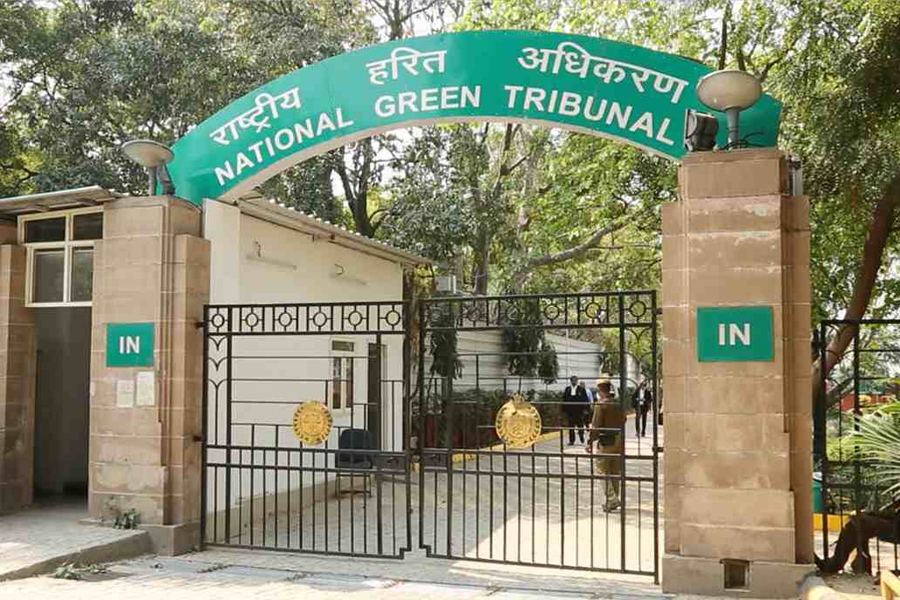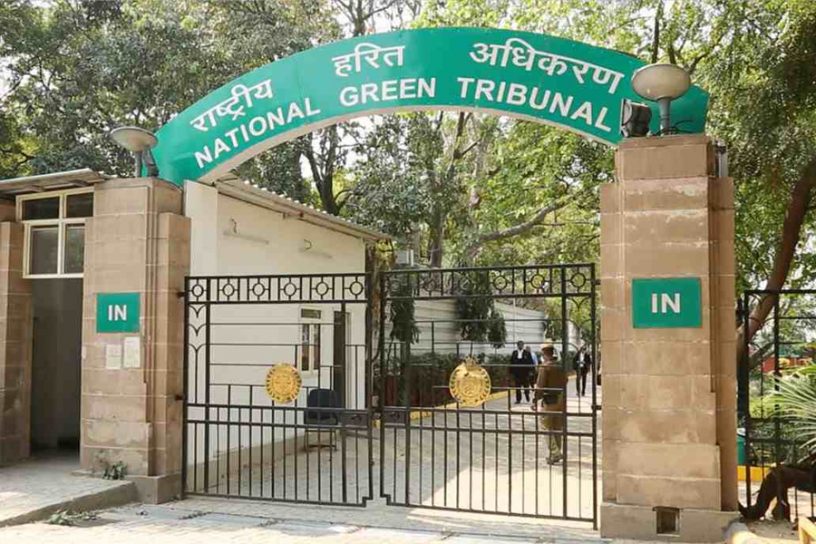
This paper takes the National Green Tribunal (NGT) of India as a reference point for discussing the advantages and disadvantages of having green courts with dedicated environmental jurisdiction.
Author
Eeshan Chaturvedi, Assistant Professor, Jindal School of Environment & Sustainability, O.P. Jindal Global University, Sonipat, Haryana, India.
Summary
This paper analyzes the viability of having green courts with dedicated environmental jurisdiction, separate from the general judicial system. In doing so, an effort has been made to take the National Green Tribunal (NGT) of India as a reference point for discussing the advantages and disadvantages of green courts.
While acknowledging that both pros and cons of green courts may not specifically overlap with those of specialized courts, there are certain points having reasonable differentia as well as causal nexus between the two sets, given that Environmental Courts form a subset of specialized courts.
In this paper, advantages such as expertise, costs of litigation, and expeditiousness have been illustrated with the help of empirical data available in regard to the NGT. Similarly, as a point of comparison, examples from the US administration of justice have been taken to derive a nexus between generalized courts as well as green courts.
Though such a comparison between the US judicial system and that of India, in this context, lacks the substantive nature of a natural experiment, the lack of definitive indices for comparison makes a strong case for establishing a relation between the two with the available data.
The paper then proceeds to conclude whether green courts, through the analysis, prove to be a feasible system of adjudication.
Published in: Cornell Policy Review
To read the full article, please click here.


